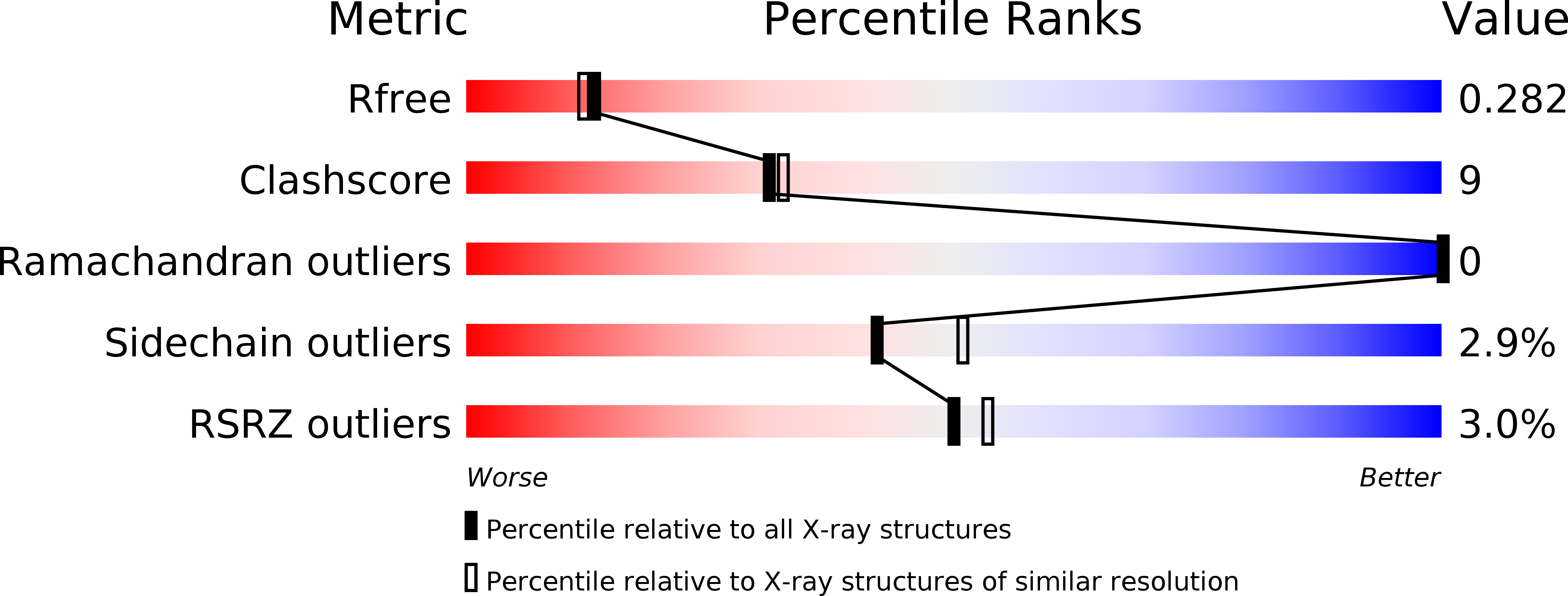
Deposition Date
2000-02-04
Release Date
2003-06-10
Last Version Date
2024-10-16
Entry Detail
PDB ID:
1EEY
Keywords:
Title:
Crystal Structure Determination Of HLA A2 Complexed to Peptide GP2 with the substitution (I2L/V5L/L9V)
Biological Source:
Source Organism:
Homo sapiens (Taxon ID: 9606)
Host Organism:
Method Details:
Experimental Method:
Resolution:
2.25 Å
R-Value Free:
0.28
R-Value Work:
0.24
R-Value Observed:
0.24
Space Group:
P 1


